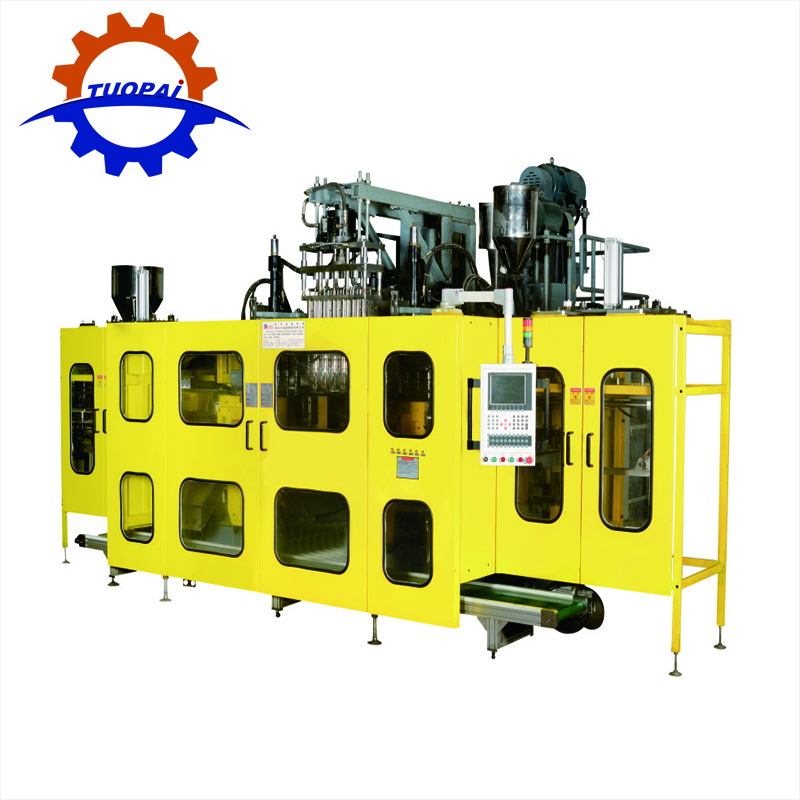How Does a Plastic Extrusion Machine Work to Improve Manufacturing?
Understanding Plastic Extrusion and Its Importance in Manufacturing
The plastic extrusion process is a fundamental technique in modern manufacturing, widely used to produce plastic pipes, sheets, films, and various profiles. A plastic extrusion machine plays a crucial role in this process, helping manufacturers achieve high efficiency, consistent quality, and cost-effectiveness.
By using a continuous extrusion method, businesses can scale up production while minimizing waste and maximizing material utilization. But how exactly does a plastic extrusion machine work, and how does it improve the overall manufacturing process? Let’s break it down step by step.
How a Plastic Extrusion Machine Works
1. Raw Material Feeding
The process begins with feeding plastic pellets or granules into the hopper of the plastic extrusion machine. These raw materials can include various thermoplastics such as PVC, polyethylene, and polypropylene, depending on the final product requirements.
2. Melting and Mixing
Once inside the extruder, the raw plastic is conveyed through a rotating screw mechanism. As the material moves forward, it passes through different heating zones where it is gradually melted. The combination of heat and mechanical shear ensures thorough mixing and uniform plasticization.
3. Shaping Through the Die
After achieving the desired molten state, the plastic is forced through a specially designed die. This die determines the shape and dimensions of the final extruded product. Whether it’s a tube, sheet, or custom profile, the precision of the die is crucial for maintaining consistency.
4. Cooling and Solidification
Once the plastic leaves the die, it enters a cooling system, typically using air or water. Rapid cooling ensures the material retains its shape while maintaining structural integrity. For some products, vacuum sizing or calibration tools may be used to achieve exact dimensions.

5. Cutting and Finishing
The final stage involves cutting the extruded plastic into the desired lengths or rolling it into coils, depending on the application. Additional finishing processes, such as surface treatment or printing, may also be applied before packaging.
How a Plastic Extrusion Machine Improves Manufacturing
1. High Production Efficiency
A Plastic Extrusion Blow Moulding Machine operates continuously, allowing manufacturers to produce large volumes of plastic products with minimal downtime. This makes it an ideal choice for industries requiring mass production.
2. Cost-Effective Material Utilization
Unlike other molding methods that generate significant waste, extrusion minimizes material loss. The ability to recycle excess plastic further enhances cost savings and promotes sustainability.
3. Versatile Applications
Plastic extrusion machines can process a wide range of thermoplastics and produce various shapes and sizes. This flexibility makes them valuable for industries such as construction, packaging, automotive, and medical device manufacturing.
4. Consistent Product Quality
By maintaining precise control over temperature, pressure, and extrusion speed, manufacturers can achieve uniform thickness, strength, and surface finish in their products. This reliability reduces defects and improves customer satisfaction.
5. Energy Efficiency and Automation
Modern plastic extrusion machines incorporate advanced automation and energy-saving technologies. Features like servo-driven motors and real-time process monitoring help reduce energy consumption while maintaining optimal performance.
Conclusion: Is a Plastic Extrusion Machine Right for Your Business?
For manufacturers looking to scale production, reduce material waste, and ensure consistent quality, investing in a plastic extrusion machine is a smart choice. Its ability to efficiently process thermoplastics into various shapes makes it an essential tool in many industries.
Are you considering using a plastic extrusion machine in your manufacturing process? Share your thoughts or questions in the comments below!

